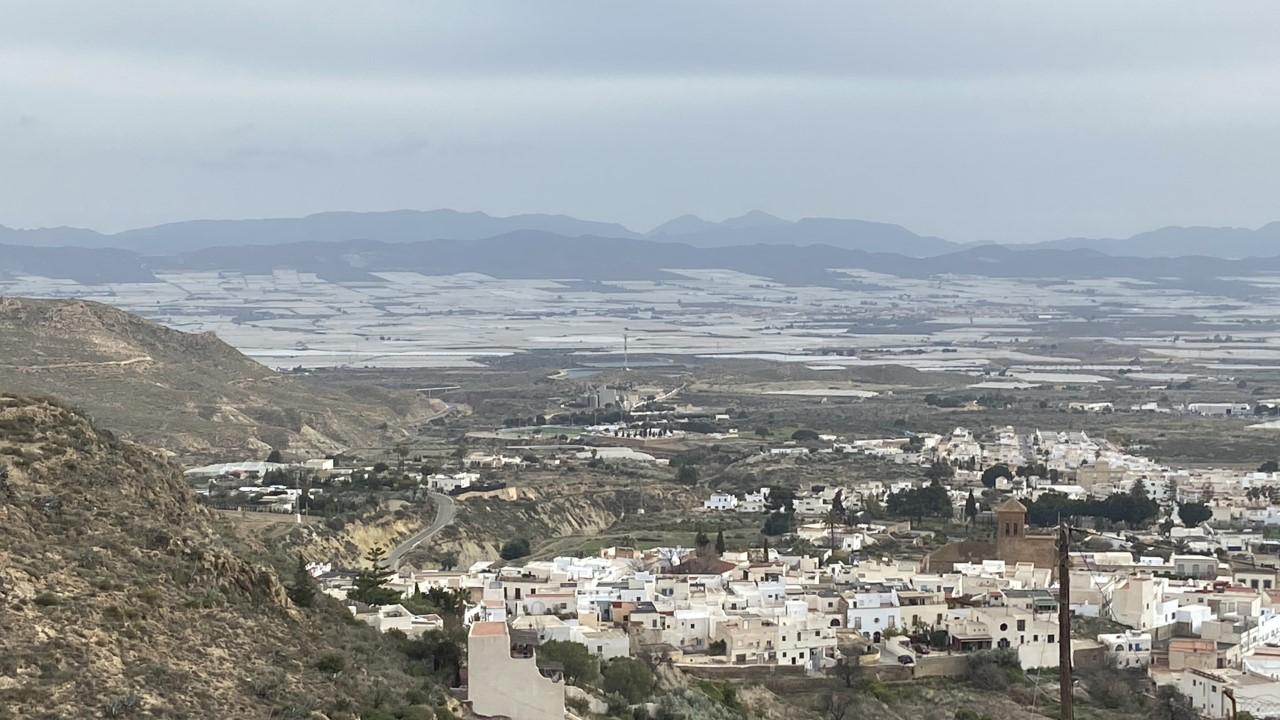On a windy, chilly day, a young Moroccan man opened a padlock on a makeshift door to his dwelling in Almería in the southeast region of Spain.
He declined to share his name, which is common among the migrant farmworkers here who do not have working documents and fear getting deported.
The young man’s home is made of four posts wrapped in layers of white plastic. He lives with his friend in the 60-square-foot space with a dirt floor and two mattresses with blankets.
There are about 100 such encampments in the area that sprung up when Almería’s farming began to boom 20 years ago.
Europe’s fruit-and-vegetable farms depend on the work of migrant day laborers. But many of these workers are migrants who say they can’t afford housing, so they live in makeshift, plastic housing near the farms where they work. Local governments have tried to remove these informal settlements and relocate people to shelters far from the farms — but they keep building back.
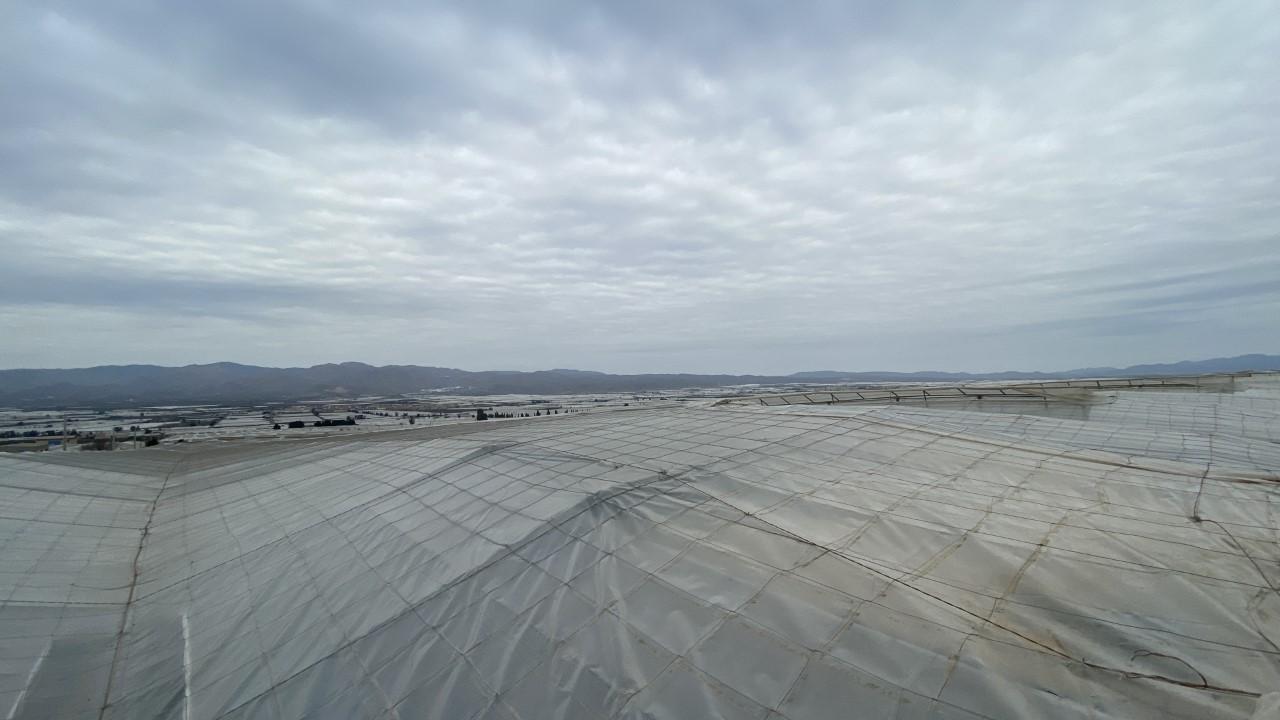
Global inflation is keeping food prices high everywhere, including Spain, where much of Europe’s fruit-and-vegetable crops are grown. But Europeans can’t blame the recent jump in tomato prices on labor costs. Migrant farmhands are paid as little as $40 a day.
Almería’s farmlands are often called a “sea of plastic,” referring to the miles of white plastic sheets that protect the watermelons and zucchini from the harsh sun and wind. When the plastic wears thin, the farmworkers often use it to protect their precarious shelters.
The man said that for years, he lived in another encampment called Walili, but in January, local authorities surprised residents by razing it.
“The police were outside, yelling for everyone to get out,” he said. “They came and tore down everything. We said OK, and left. But I can’t take it anymore.”
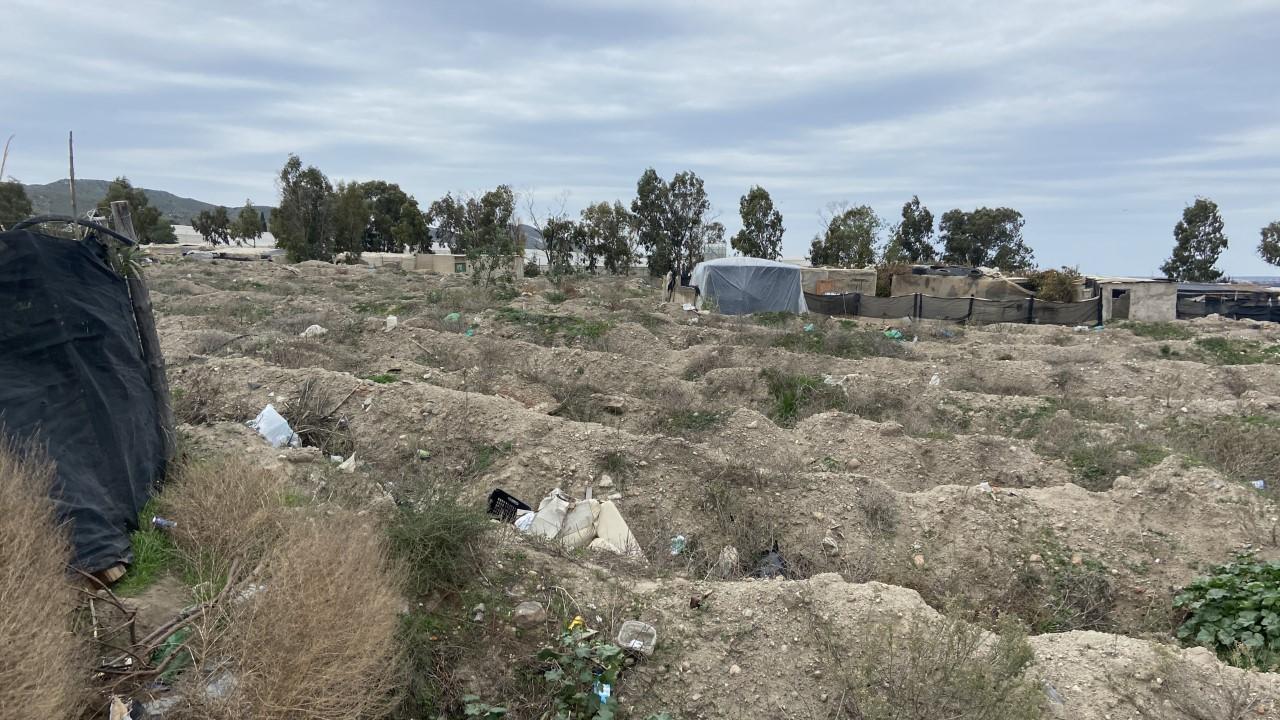
Officials said they demolished Walili because it was a public-health threat, citing dirty and dangerous conditions.
But activists and farmhands suspect that Walili was more of a public relations problem.
“Why this particular shantytown and not another one?” asked local activist Ricardo Perez from nongovernmental organization Derecho a Techo, or Right to a Roof.
“It’s because it’s very close to the road that goes to the tourist area of Cabo De Gata” — a coastal park with popular beaches. Tourists used to drive right past Walili to get there.
Perez said that the migrant farmworkers would love better housing but added that they have no voice and few allies.
Down at the beach that Perez mentioned, 15 minutes away, a local café owner named Antonio said he has no sympathy for the laborers. It’s a sensitive issue here, he said, so he only wanted to give his first name. The government, he said, should tear down all the shantytowns.
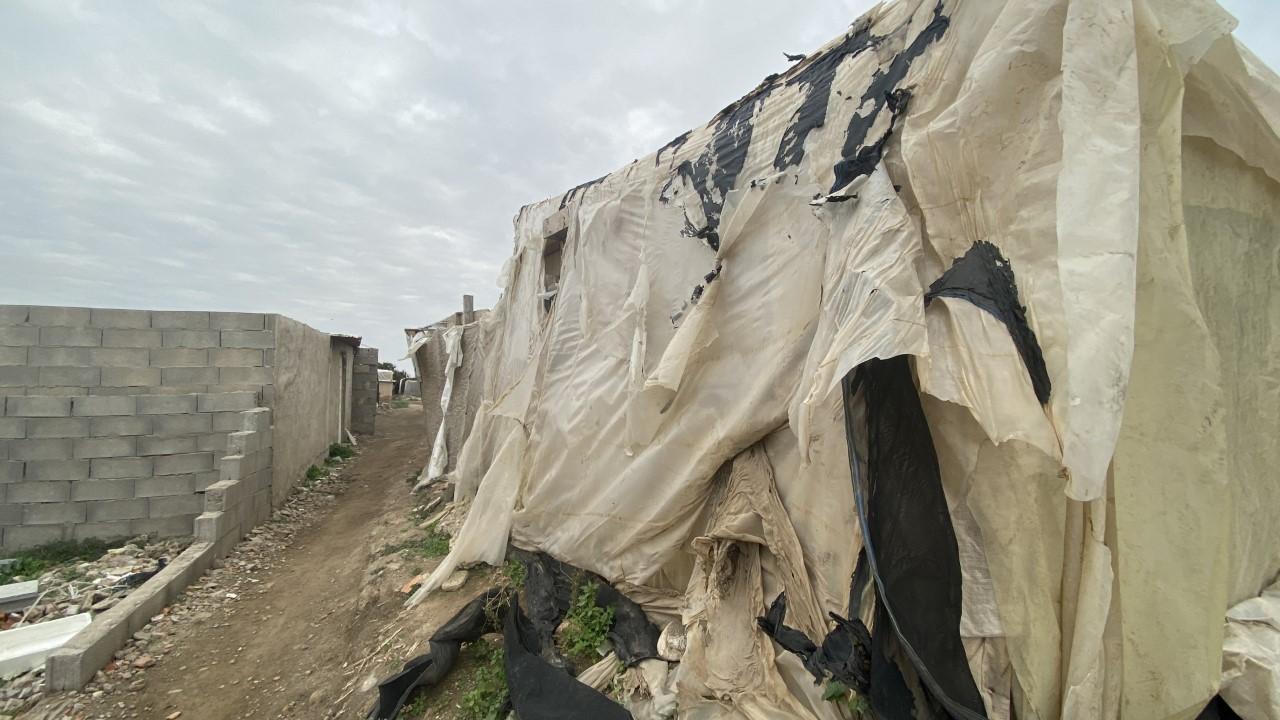
“How can these people come to Spain, and then not want to pay for anything?” he said. “They steal electricity, water.”
They just want to make a lot of money, he said, without giving anything back.
When Walili was demolished, the nearby town of Níjar offered the 450 displaced residents temporary shelter in an old warehouse in town. There are bunk beds inside, but for just 50 people. And a Moroccan man riding a BMX bike out front said that this was not the solution.
“There are only 23 people left in the shelter now,” Isham Maraui said. “There’s no work here. We’re too far from the farms. The bosses don’t come around here.”
By bosses, Marraui meant the farm owners. They didn’t respond to written questions about the working conditions of the day laborers. As for the rest of the Walili residents, activists said they took shelter with friends in other encampments.
Most of the shantytowns, like Atochares, are set back off the road — out of sight, out of mind, at least for now. And there’s not much in place to protect them.
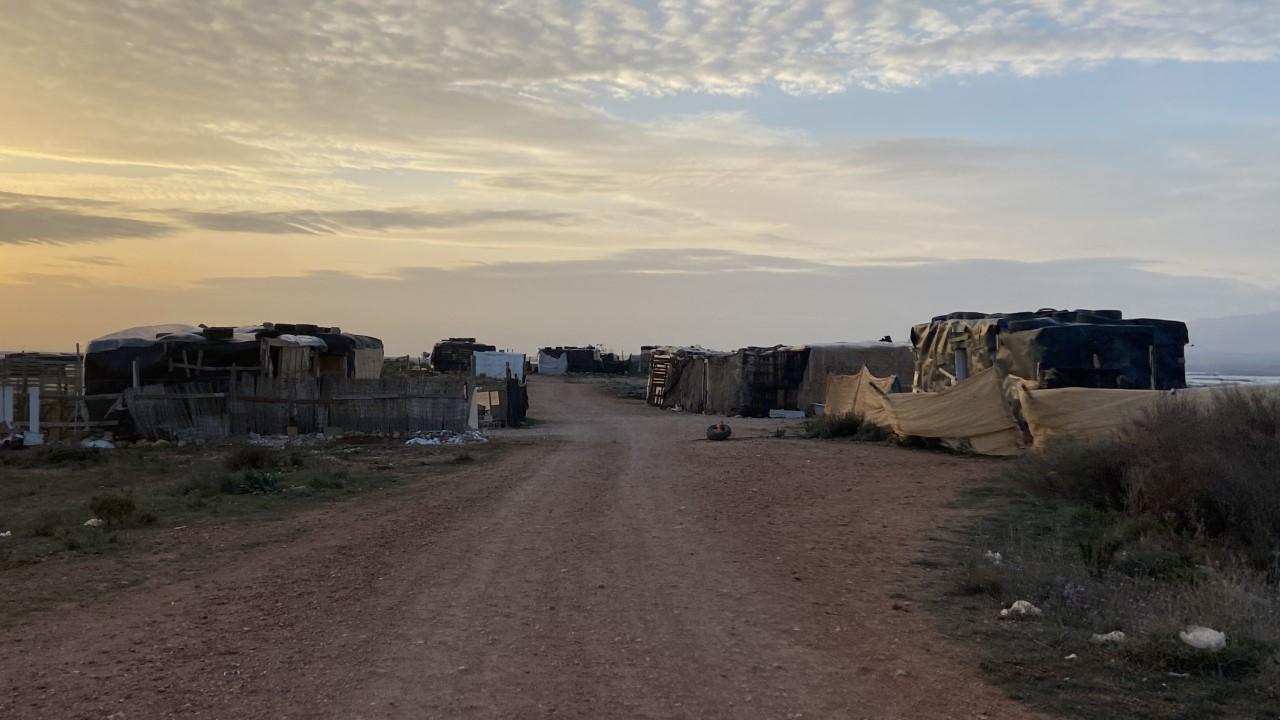
“A fire tore through here in June,” Moroccan farmworker Abdellah Skifi said.
“I came rushing from the fields, but it was too late. I lost everything, my hut, my clothes.”
He said he even lost his dog.
Skifi was crashing in a friend’s hut. He’s been in Spain for 20 years. But like virtually all of the undocumented workers, he said, farmers won’t give him a work contract, telling him they can’t afford to because the work is seasonal.
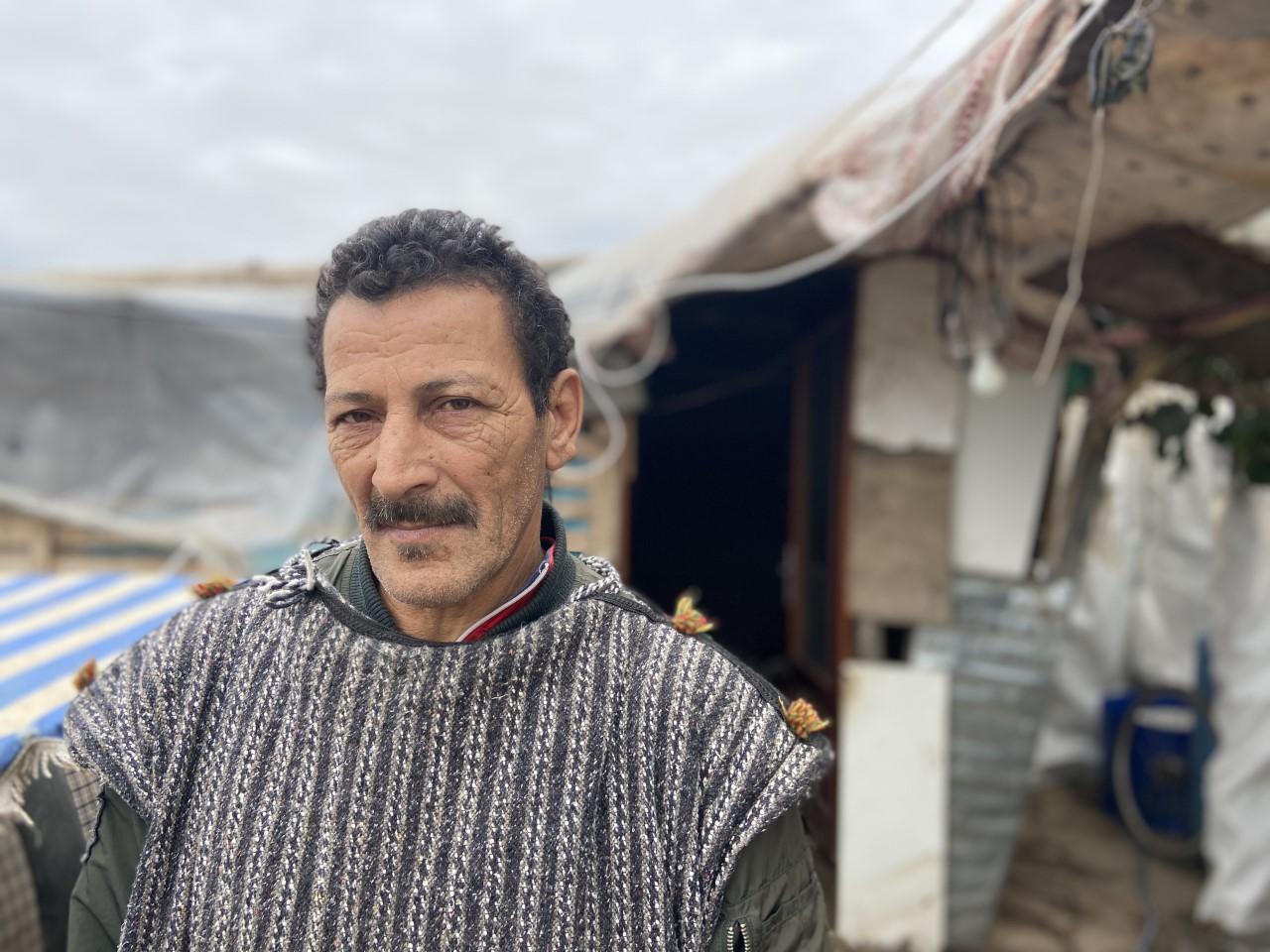
And without contracts, the farmhands are stuck earning about $5 an hour, with no chance to move out of the camps.
The young Moroccan man who was forced out of the bulldozed Walili encampment now sits atop a wobbly, wooden frame, hammering makeshift beams to posts as the sun went down, building himself a new, bigger hut.
Another migrant pushes a wheelbarrow, with new material for the walls — more white plastic sheeting.
Related: Migrants from northern Africa make dangerous trek through Spain’s Canary Islands
